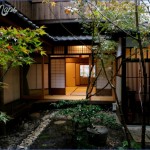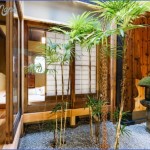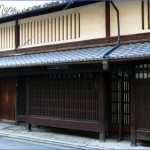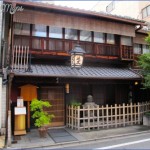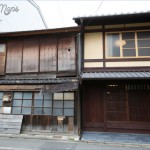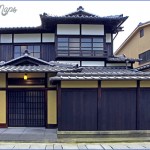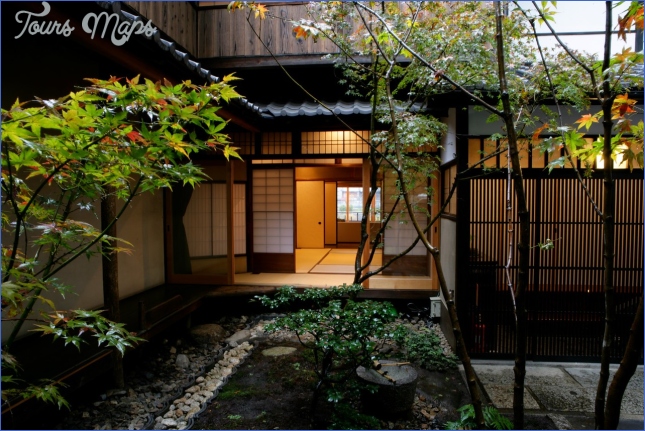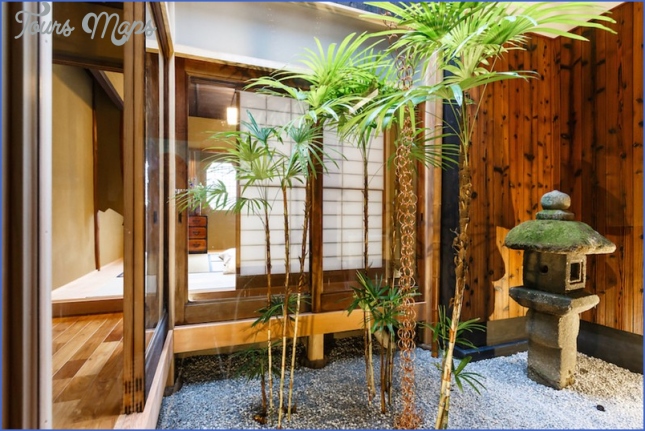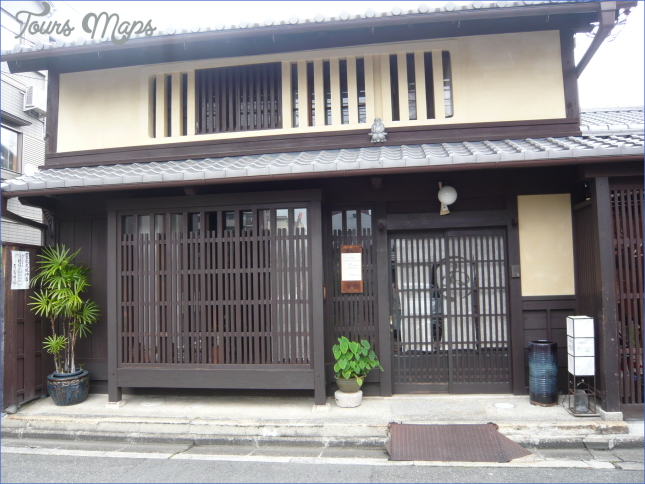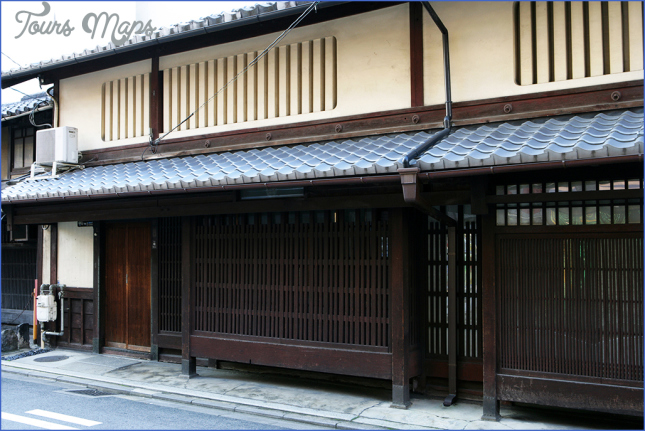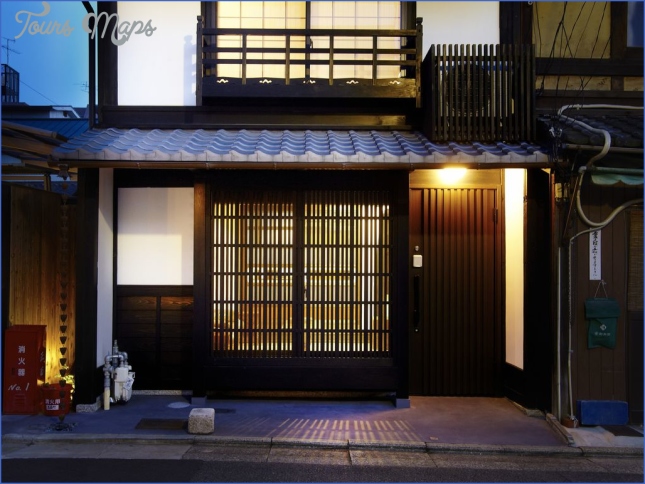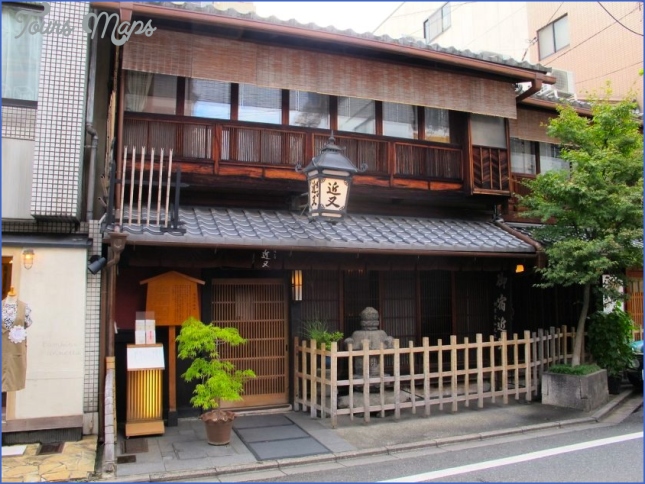Traditionally, a Japanese machiya “town house” was a merchant’s place of work and residence, typically with minimal street frontage to cut costs, the business area occupying the front of the machiya, the living quarters at the rear of the long narrow structure, and perhaps a small garden space open to the sky. The kyo-machiya of Kyoto are some of Japan’s finest machiya due to Kyoto’s outstanding craftsmen and refinement in materials and finish. Kyoto, and the majority of its machiya, survived World War II intact, but the “economic bubble” of uncontrolled development wreaked havoc, with perhaps half of the city’s pre-war buildings razed, displacing machiya for high-rise apartments and parking lots.
Machiya Of Kyoto Photo Gallery
An estimated 30,000 machiya survive, mostly in central Kyoto, but hundreds are torn down each year. A machiya “renaissance” spurred by citizens groups, machiya experts, and government grants, has helped to slow the demolition, with renovations for non-traditional uses of machiya as restaurants, galleries, and shops. A machiya Hermes boutique recently opened in Gion, a machiya Starbucks in Higashiyama, and an Issey Miyake machiya in Nakagyo. Machiya restorations that incorporate floor heating, earthquake safety, and modern plumbing to create more comfortable homes are also helping to save kyo-machiya. The beauty of Kyoto machiya will hopefully endure, with Shoki-san demon quellers helping to stand guard above traditional eaves, and the ingenious battari shogi folding benches, kumogata cloud-shaped windows, and artistic lattice exteriors continuing to grace the city’s streets.
The okuniwa mini-garden at the Higashiyama machiya Starbucks is a soothing source of natural light. This renovated ryokan inn, reborn as a discreet machiya coffee shop, has creative seating options upstairs.
A Shoki-san guardian deity protects this downtown machiya.
The venerable Kinmata is a ryokan inn in Kawaramachi, with fine kaiseki dining.
A wagashi Japanese sweets shop on Rokkaku-dori.
A ceramic Daikokusama deity insures good fortune for this new machiya.
An elegant gourd-shaped window with lattice and handmade washi paper in Higashiyama.
A machiya restaurant with a battari shogi folding bench outside.
A 19th-century machiya with a protective inu-yarai curved bamboo fence.
Maybe You Like Them Too
- Top 10 Islands You Can Buy
- Top 10 Underrated Asian Cities 2023
- Top 10 Reasons Upsizing Will Be a Huge Travel Trend
- Top 10 Scuba Diving Destinations
- World’s 10 Best Places To Visit

